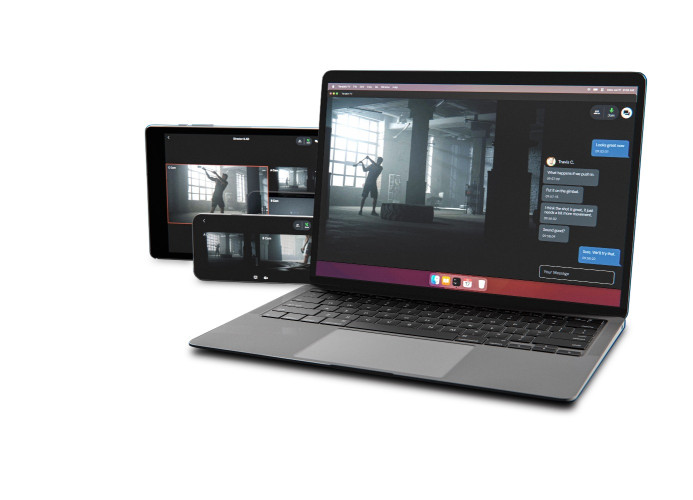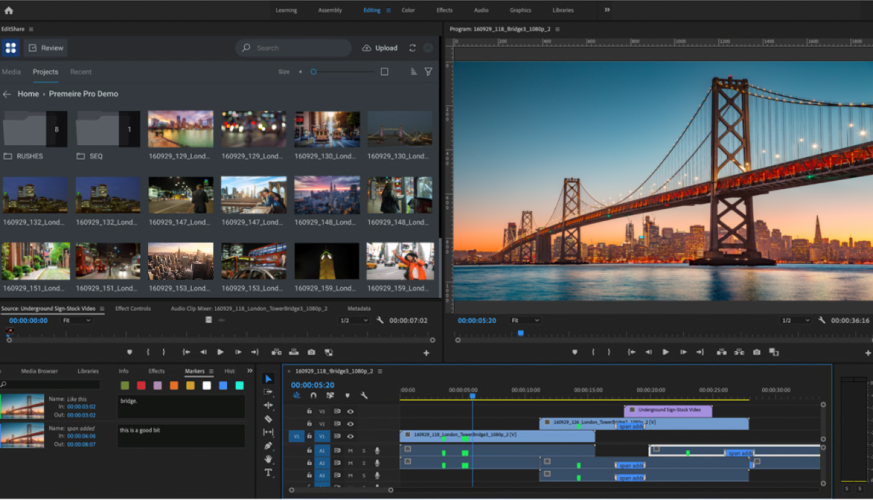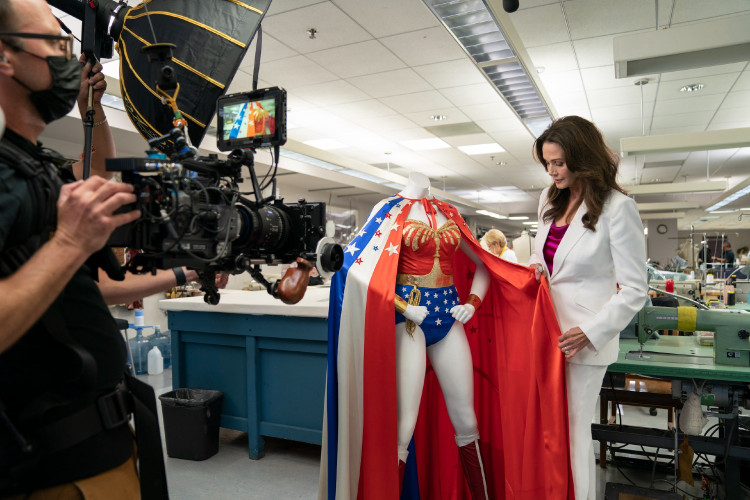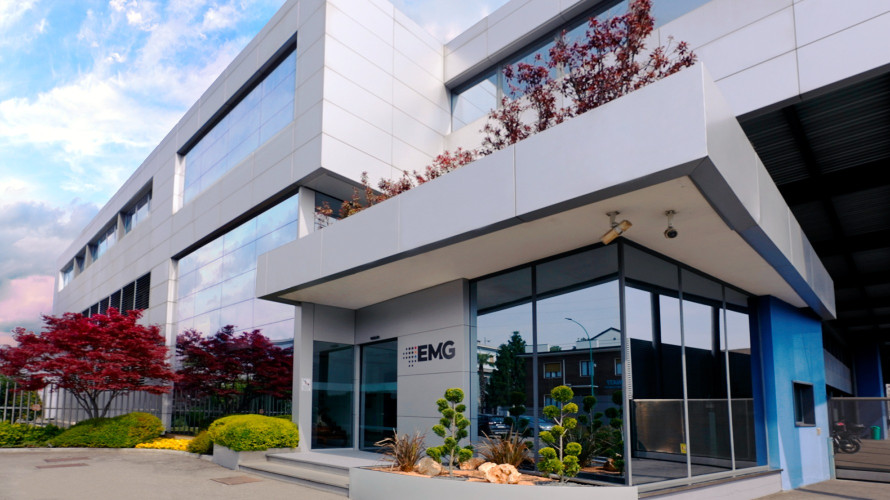Adventure Filmmaking with Ian Burton
Author: KitPlus
Published 1st April 2013
What exactly is it that you do now/ what do you specialise in? How did you get started in filmmaking?
I'm an independent adventure filmmaker, specialising in shooting in remote and ‘vertical’ locations. I shoot my own projects as well as commercial projects for a huge range of companies, and I love filming world class extreme athletes pushing themselves to the limit, as well as working with less well known adventurers. You don't have to be the biggest or the best, a good story is what I’m interested in. I also freelance as a lighting cameraman from time to time, but mostly get called in by production companies for difficult jobs on ropes.
I was 17 years old and in college. I wasn’t happy with the things I was being taught and I was impatient to get on location and behind a proper camera with a real crew. So I spent most of my time volunteering on set and in studios. Before I passed my driving test I travelled the country on the train to get experience with wildlife cameramen, as well as shooting time lapses in studios, working with independent production companies, sitting in on edits of programmes, sorting through kit rooms, sending kit out on location, and generally just gaining as much experience as possible. I bought a 16mm ARRI just to learn how to take it apart, a trick which proved useful on location with the RSPB film unit!
My dream was to shoot wildlife films, and I was fortunate enough to work on feature documentary The Eagle Odyssey, as well as Spring Watch, The Natural World and a Christmas special, Cairngorms, Scotland's Arctic. But then I got a hankering for something a little different. I’d always done a lot of climbing, so I started learning about the world of adventure filmmaking. A few years ago, at MountainFest in Kendal, the biggest mountain film festival in the world, I moved my focus more to filming climbers and adventurers. This then led to filming the BBC series Climbing Great Buildings, and Wild Snowdonia, which won an RTS award for its director Jeff Wilson.
What are the greatest challenges you find in your work?
Budgets, but they never stop me from shooting a film. Having a small budget obviously affects how I shoot, but it won’t stop me. Perhaps the next most significant challenge, and perhaps the toughest one at times, is finding new ways of telling a story. I always try to avoid the most straightforward and mainstream ways of shooting, to make sure everything I shoot is as fresh and original as possible.
What are the most important pieces of kit you use, and why?
It's a cliche, but you can shoot a good movie with any camera really. That said, I love cameras that have that certain 'je ne sais quoi'. I’m a big fan of full frame in particular, but I also like the ability to use unusual lenses, so a wide range of lens mounts is useful.
The Sony F series probably best embodies what I want from a camera - relatively light, compact, full frame. The images look spectacular, and it doesn't cost a million pounds but has the X factor. When working on a rope and in remote locations, light and compact is crucial.
The other mainstay in camera gear is a GoPro. I haven't used the Hero 3 yet, but the 2 goes everywhere with me. It still amazes me what these things are capable of.
The next camera on my shopping list comes from the NX range of Handicams from Sony. I used the NX70 in Namibia for Driven to Despair and found it invaluable. It’s dust and shower proof, so with what I do for a living it’s a very handy piece of kit. Sometimes, when I’m in a situation where it's too dangerous or time consuming to get the 'main' camera set up, an NXCAM is perfect for capturing the special moment that is vital to the story, the one that would have been missed otherwise. Getting the shot is more important than capturing it in 4K or with your favourite prime lens.
I recently shot a short film (a Few Days in January) just using a Sony NX30 and captured some brilliant results with it. As with all cameras, it isn't really the camera that makes the shot, it's the light. I had mixed light whilst shooting this film and some of it certainly wasn't ideal, but the footage that came out of the NX30 was very pleasing indeed. I’m sold, and I’ll be buying an NX30 or 70 to have with me at all time on my climbing harness, for shooting those all-important unique moments, the ones that you can’t afford to miss.
Most hair-raising moment so far?
The most hair-raising moments are not often the times on a rope or in the mountains, as you’re so focused on the job. They’re usually the times when you're just about to set off and you realise what you are about to do. Once the camera is rolling, your head is in a different place.
Having said that, in the arctic a few years ago I'd walked up to the head of the Turner Glacier, at a point where it poured through a gap in the mountains, to shoot a time-lapse of the mountain range at sun set. I was sitting in amongst the crevasses where the ice was at its most turbulent, a little like sitting on a frozen rapid on a river. As the sun set and the temperature changed rapidly, the ice started to shift imperceptibly under my feet, but the noise was like cannon fire! I love the completely unexpected unique moments like that – they’re why I do what I do.
Honestly, my scariest moments are showing my films on the big screen, especially at premieres - I'll probably never get used to it.
(Ian’s full review of the Sony HXR-NX30E will appear in the June issue of TV-Bay)



































